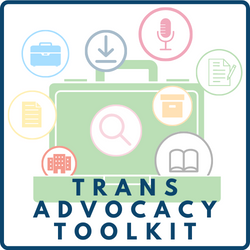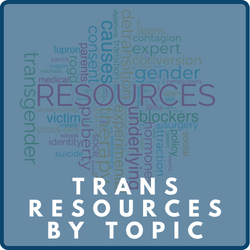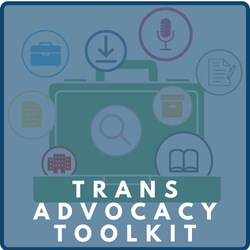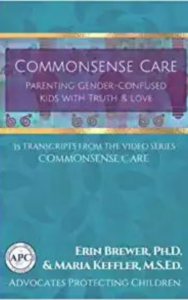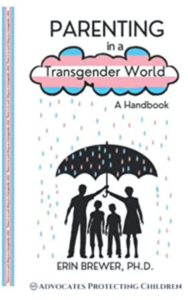UNDERSTANDING TRANSGENDER ISSUES
Resources by Topic
PUBERTY BLOCKERS | CROSS-SEX HORMONES | SURGERY | CONSENT | POTENTIAL CAUSES | ROGD | SUICIDE | SOCIAL TRANSITION | MEDICAL TRANSITION | SOCIAL CONTAGION | PARENTAL RIGHTS | POLICIES | EXPERIMENTATION | LEGISLATION | SOGI | WOMEN’S SPORTS | PUBLIC ACCOMMODATIONS | BIRTH CERTIFICATES | INTERSEX/DSD | COMPELLED SPEECH | AFFIRMATION | GENDER DYSPHORIA | DESISTERS/DETRANSITIONERS | THERAPY BANS
Experimentation
Books
Videos
Gender Dysphoria in Children: A Cry for Help Not Hormones
The Boyce of Reason
Commonsense Care
Dysphoric
Medical Harms from the Treatment of Child and Adolescent Gender Dysphoria
NHS child gender clinic: Staff welfare concerns ‘shut down’ – BBC Newsnight
The Rise of Transgender Medicine
Detransition Conference and medical ethics in the age of gender identity
ROGD Webinar
Trans Mission
Trans Train
Utah House Judiciary Committee Hearing Highlights on HB 399
Michelle Cretella
Organizations
Research
The Dutch Protocol for Juvenile Transsexuals: Origins and Evidence
It has been a quarter of a century since Dutch clinicians proposed puberty suppression as an intervention for “juvenile transsexuals,” which became the international standard for treating gender dysphoria. This paper reviews the history of this intervention and scrutinizes the evidence adduced to support it.
Puberty Blockers, Cross-Sex Hormones, and Youth Suicide
Lowering legal barriers to make it easier for minors to undergo cross-sex medical interventions without parental consent does not reduce suicide rates—in fact, it likely leads to higher rates of suicide among young people in states that adopt these changes. States should instead adopt parental bills of rights that affirm the fact that parents have primary responsibility for their children’s education and health, and that require school officials and health professionals to receive permission from parents before administering health services, including medication and “gender-affirming” counseling, to children under 18. States should also tighten the criteria for receiving cross-sex treatments, including raising the minimum eligibility age.
There are no laboratory, imaging, or other objective tests to diagnose a “true transgender” child. Children with GD will outgrow this condition in 61% to 98% of cases by adulthood. There is currently no way to predict who will desist and who will remain dysphoric. The degree to which GAT has contributed to the rapidly increasing prevalence of GD in children is unknown. The recent phenomenon of teenage girls suddenly developing GD (rapid onset GD) without prior history through social contagion is particularly concerning .
Aricles
Podcasts
Other Resources
Ruling in THE TAVISTOCK AND PORTMAN NHS FOUNDATION TRUST case UK
This is a claim for judicial review of the practice of the defendant, the Tavistock and Portman NHS Foundation Trust, through its Gender Identity Development Service (GIDS) and the first and second Interveners (the Trusts) of prescribing puberty-suppressing drugs to persons under the age of 18 who experience gender dysphoria.
View



